
How to Use Grow Lights for Indoor Plants
- Home
- How to Use Grow Lights for Indoor Plants
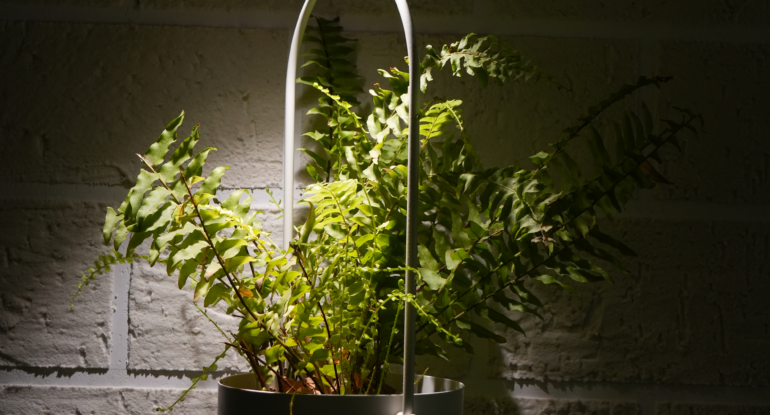
How to Use Grow Lights for Indoor Plants
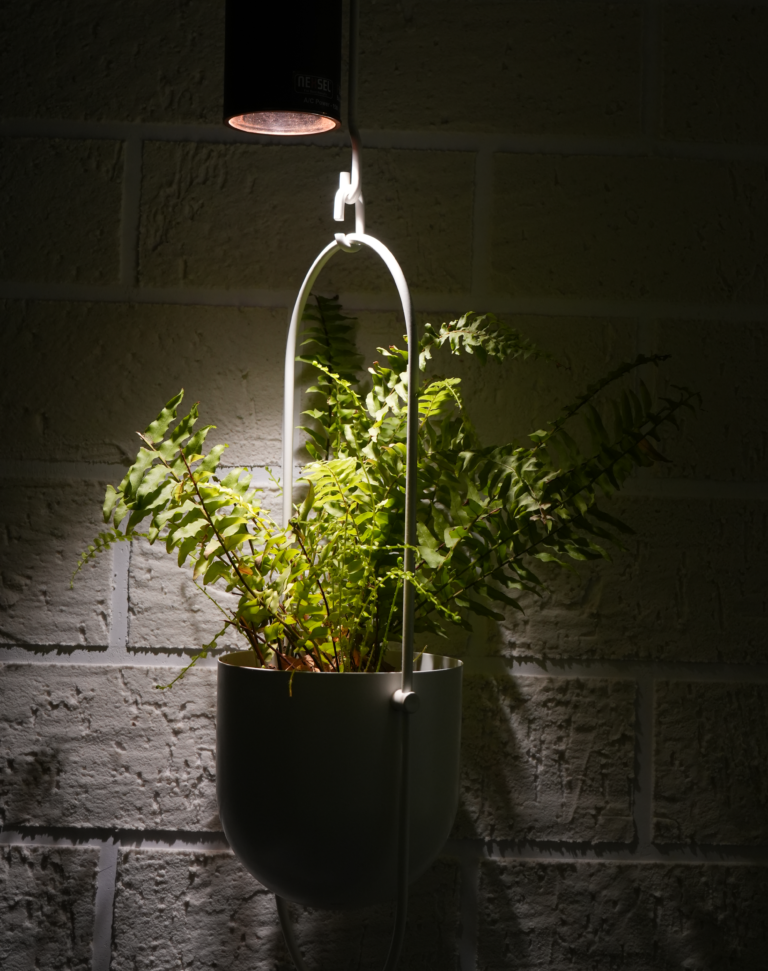
Introduction:
- LED is short for light emitting diode.
- Electric current passing through semi-conductor diodes the “die” glows a colour depending on its chemical components. The die sits in a reflective cup to direct the light outward through an epoxy lens. An LED grow light consists of many diode emitters, a heat sink to pull heat away, cooling fans, and a driver that provides power to the LEDs similar to ballasts in fluorescent lights.

Light spectrum delivered is flexible :
- Grow lights have multiple LEDs with different configurations of light chips to provide many different ways of providing lighting to the plant below. How do we know what is needed?
Purpose of Light :
- Promote photosynthesis in the plant.
- Light-dependent reactions
- Light independent reactions
- The light-dependent reactions use light to react with water to create chemicals for the light independent reactions. Carbon dioxide is ultimately converted to sugars in this process.
Visible light spectrum 380 nm – 780 nm reds are particularly important for plants :


Chlorophyll Purpose : Purpose to similar hemoglobin in blood – absorb energy from the light photos the plant is exposed to. Chlorophyll absorbs in the red and blue regions of the light spectrum. Early on LED manufacturers produced lights with only these spectrum colours. Found this was not enough.
The importance of colours to the plants :Chlorophyll is green because plants reflect back some of the “green” light but not all. Green Light is absorbed deep within the tissue by Carotenoid compound Carotenoids cause plant leaves to thicken, increasing their ability to capture more light. Green light can continue to drive photosynthesis when the plant is over exposed to light. Green light can control some diseases and spider mites.
New knowledge improves artificial lighting :
Phytochrome – plant growth regulator that functions in the red end of the visible light spectrum – controls internodal elongation and flowering initiation. To develop normal shape, plants must receive specific ratios of red and infrared light on their stems. Without enough infrared, the plant will sense being blocked from light and elongate.
Cryptochrome – is similar to phytochrome in that it is also a photosensor. It is less understood than phytochrome but it also regulates the physical size and shape of plants. Cryptochrome affects the plant’s circadian clock and is responsible for phototrophism (turning toward the light). It captures blue, violet and a small amount of UV-A light. UV-A is damaging to the human eye. Most LEDs on the market do not use UV-A light. UV-B is the substitute and is available in some LEDs – check the one you are considering. UV-B is thought to increase flavonoids and terpenoids. Flavonoids (vibrant colours) and terpenoids (aromatic plant smells).
Colours appearance under artificial lighting :
- Green plants appear green under sunlight because of chlorophyll which absorbs most of blue and red regions of visible light. Green light is less absorbed and reflected back hence the green colour.
- Green plants illuminated with either monochromatic or dichromatic blue or red LEDs, there is a significant change in plant colour under the lights. Mine appear magenta under LEDs. Diseases can be harder to spot under LEDs.
- Too much light produces free radicals in the plant which can be destructive in the plant. This is observed with a leaf “whiteness” and veins being more visible (similar to nitrogen deficiency but in the top instead of the bottom). Also a leaf curl occurs. This is noted in LED literature and experienced myself.
Plant Response (PAR) :

Daily Light Integral (DLI) : A quantitative way to determine if your light is providing too much light is to calculate the daily light interval (DLI). The DLI is the total amount of light molecules received by a plant during a single light period. The maximum DLI that can be achieved outside in full sun is about 60 moles per day. Exceeding a plant’s DLI limits can cause your plant to shut down and start protecting themselves. DLI meters that average total DLI for a location over a 24 hour period are commercially available and not terribly expensive.
Choosing an LED light for your growing area :

Growing with LEDs :
- Short-day versus Day-neutral versus Long-Day Plants
- Photo-periodism is the physiological reaction of organisms to the length of day or night. Other than flowering, photo-periodism in plants includes the growth of stems or roots during certain seasons and the loss of leaves. Artificial lighting can and will alter this.
- Not a lot of information on this for bonsai but there are a few rules you can follow when growing different plant species.
- Short-day plants – flower as days grow shorter and nights longer. After June 21st in the northern hemisphere. The shoots are induced to produce floral buds instead of leaves and lateral buds.
- Day-neutral plants – do not initiate flowering based on photoperiodism (roses are an example).
- Long-day plants – flower when the night length falls below their critical photoperiod. These plants typically flower in the northern hemisphere during late spring or early summer as days get longer. Azaleas are an example.
- This is an important element in determining length to keep LED grow lights on.
How do I choose an LED light :
- DON’T USE ELECTRICAL WATTS TO COMPARE GROW LIGHTS – Many manufactures of low cost LEDs use this metric to sell their products. Watch for this!
- DON’T USE LUMENS TO COMPARE GROW LIGHTS – this is a measure of brightness. It does not correlate to photosynthetic grow rates.
- DON’T BE FOOLED BY MAGIC – Look at what they have to offer. Do not fall for lights that provide only chlorophyll A and B absorption spectrum.
- DON’T LOOK AT A SINGLE PAR MEASUREMENT DIRECTLY UNDER THE FIXTURE – you need to know what is being delivered across the whole fixture face.
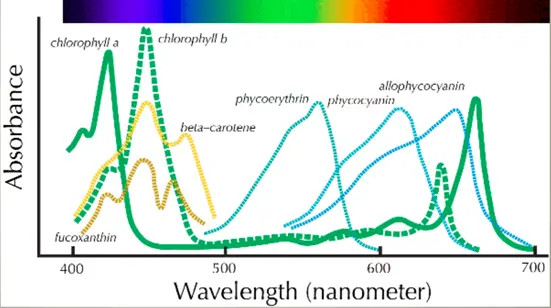
Height above plants : When first introducing LED light to trees, it is recommended that either
- the intensity turned down to 50% (for adjustable lights) or • B) hung at an initial height of 48 inches or more for the first 3 to 4 days
- Then lowering 4 to 6 inches each day until the desired height is achieved
- The signs of too much light will be exhibited with slight curling in the upper youngest leaves and overall slower growth.
Adjustable intensity light :
- Channel A: 600 nm – 700 nm (Red)
- Channel B: 400 nm – 500 nm (Blue)
- Channel C: 500 nm – 600 nm, 700 nm (other
- Vegetative: in this stage, the deeper red spectrums are utilized less by the plant than when it is in flower and uses high levels of blue light that are essential for creating lush, thick plants that have tight internodal spacing and very little stretching. For this stage 30/60/60, 45/80/80, or 60/100/100 are used depending on the plant.
- Flowering – at this stage, the plant has a lot of work to do and is performing many complex biological processes in producing flowers and/or fruits. Because of this, the plant now requires large amounts of light in all categories. For high use plants use 100/100/100. For lower light use plants dial back in the same amount.
- Late Flowering or Maturing of Fruit – during this stage the blues are dialed back to 100/70/100 in order to mimic late summer days.
Reference :
- “Grow Lights 101: A Guide to Understanding Grow Lights for Your Indoor Garden
- Source: The Spruce
- Link: The Spruce –
- Grow Lights 101
“How to Use Grow Lights for Indoor Plants”- Source: Gardening Know How
- Link: Gardening Know How – Grow Lights
- “The Ultimate Guide to Grow Lights for Indoor Plants”
- Source: Growers House
- Link: Growers House – Ultimate Guide
- “How to Choose the Right Grow Light for Indoor Plants”
- Source: Leaf & Clay
- Link: Leaf & Clay – Choosing Grow Lights
- “Understanding Grow Light Spectrum and How It Affects Your Plants”
- Source: Epic Gardening
- Link: Epic Gardening – Grow Light Spectrum
- “The Best Grow Lights for Indoor Plants: Reviews and Buying Guide”
- Source: The Greenhouse People
- Link: The Greenhouse People – Best Grow Lights
- Blog Categories
- Basic of Artificial Lighting for Plants
- Basic of grow Light
- Case Studies
- General Awareness
- Indoor Vertical Farming
- Medical Plant Research
- Online Tool
- Pitch Grow Light
- Plant Lighting Measurement
- Speed Breeding
- Supplemental Lighting
- Tissue Culture Grow Lights
- Vertical Green Wall
- LED Grow Lights
- Pharma Segment
- General
Popular Products
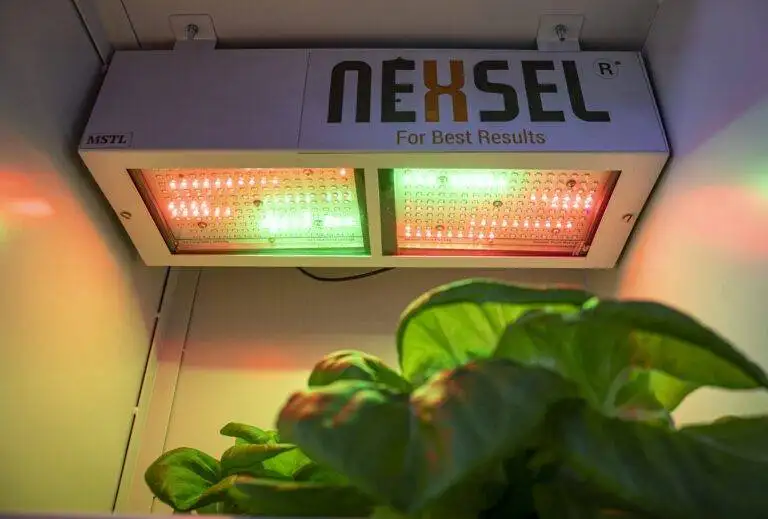
Enquire Now
Quick Link
Other Links
Design & Developed By VBTEK


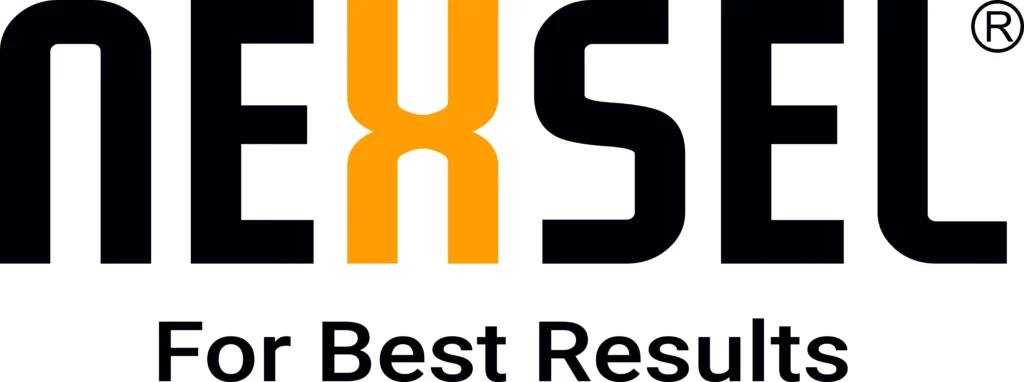
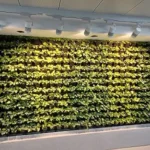
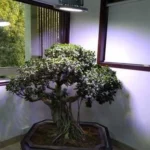
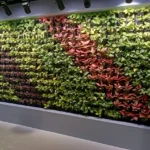
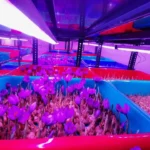
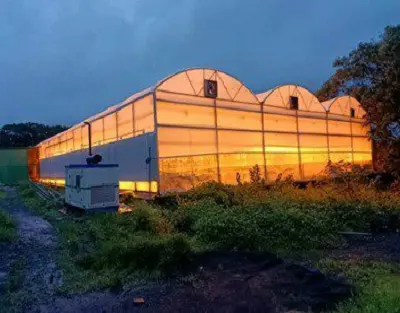
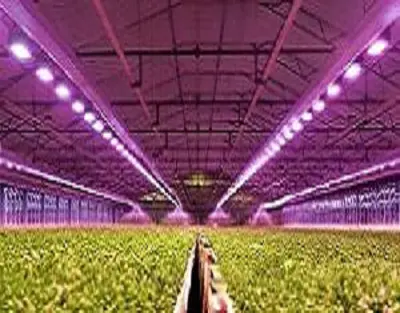
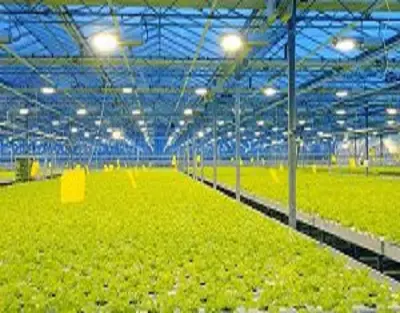
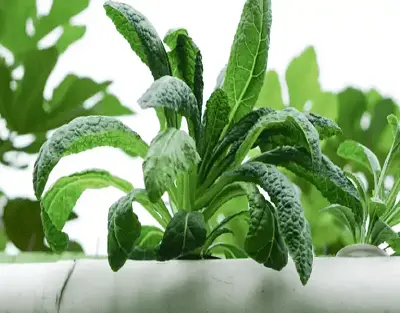
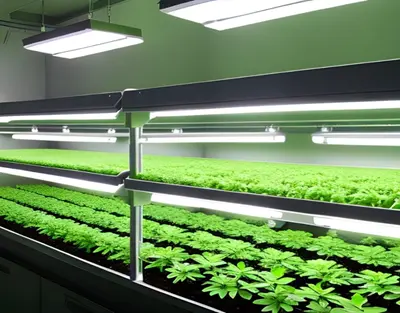
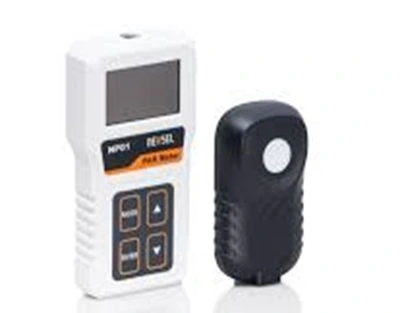
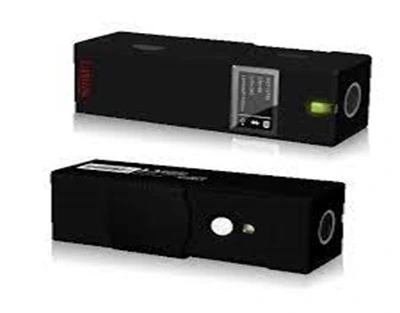
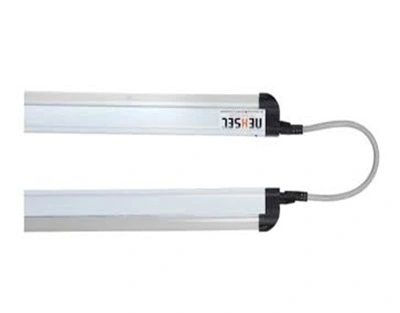
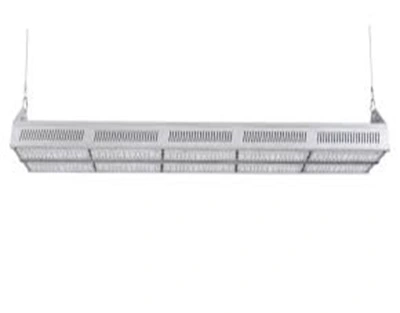
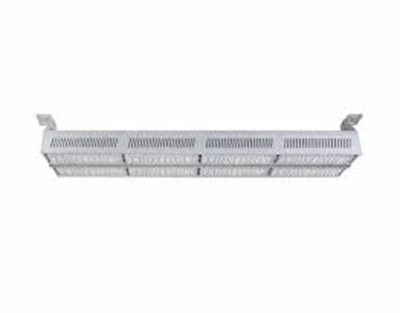
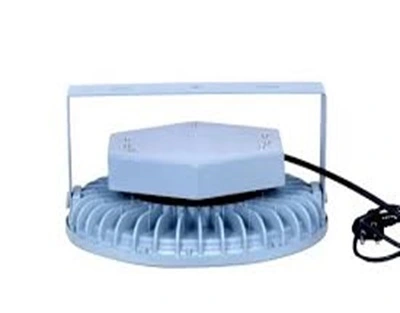
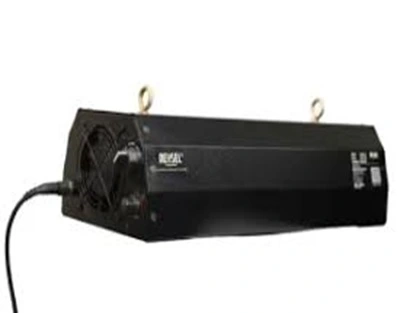
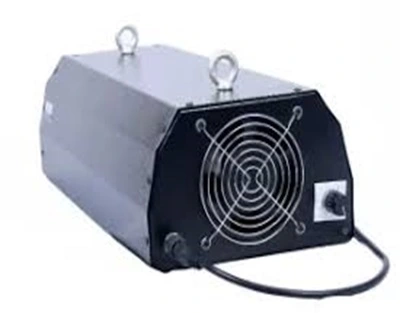
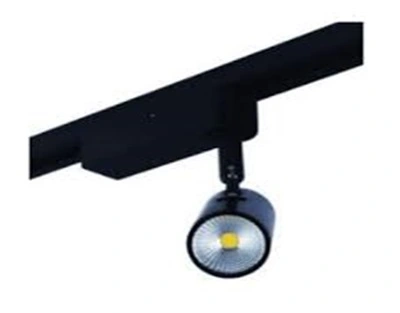
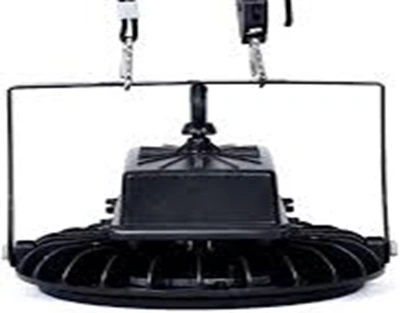
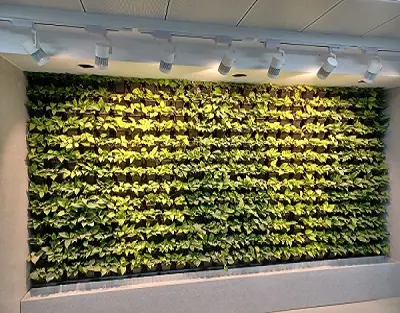
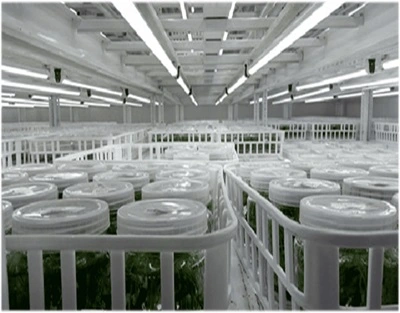
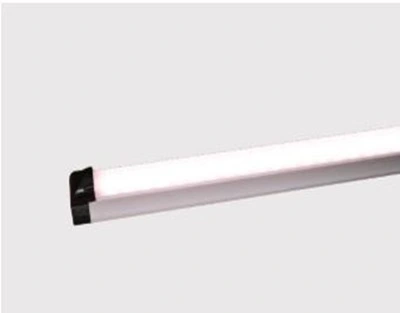
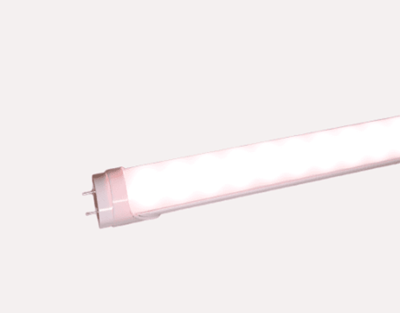
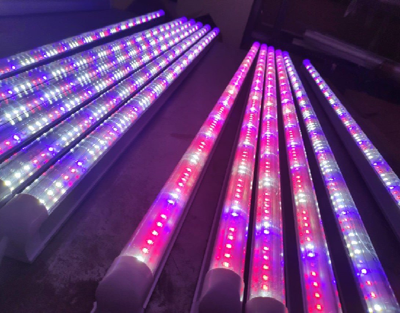
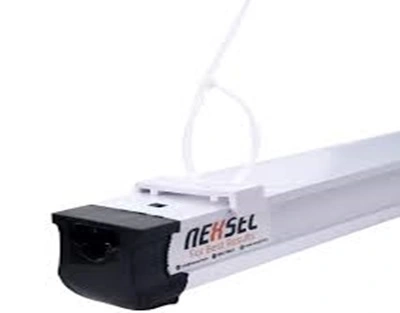
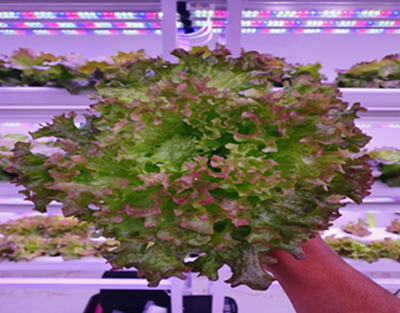
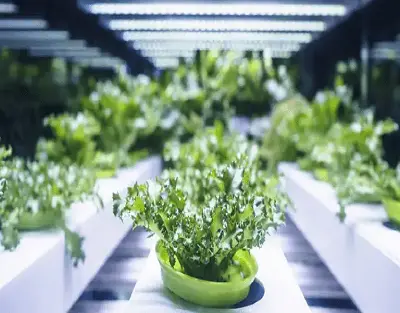
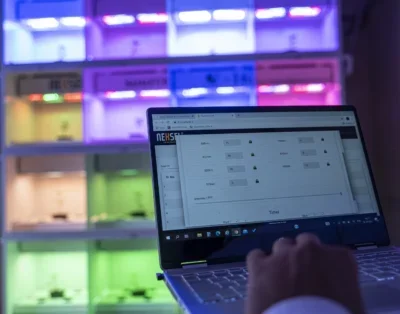


Leave A Comment